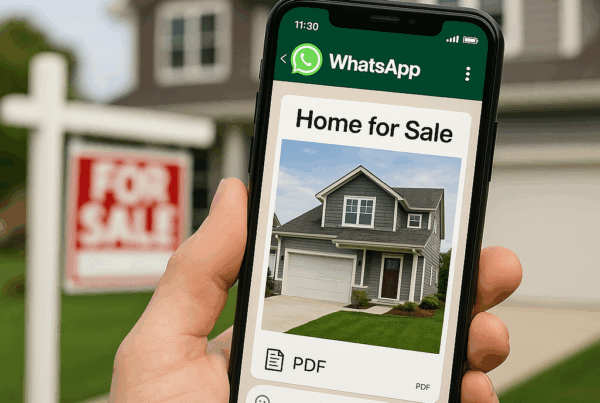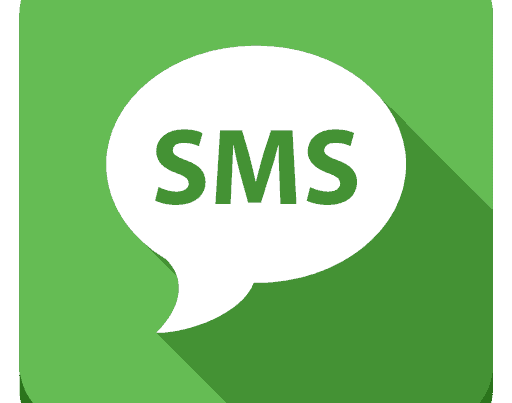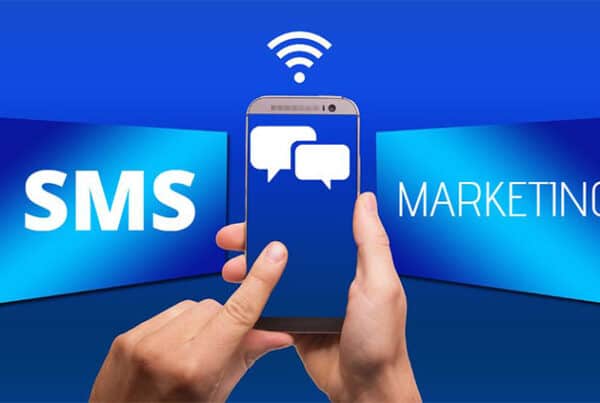

SMS stands for Short Message Service, or short message service. It is a system used by mobile operators around the world to transmit text messages between devices. A single SMS can contain between 70 and 160 characters depending on the type of characters contained.
The development of this technology began in the early 1980s, when a multinational company began working on a standard for sending alphanumeric messages to users of mobile devices. The first in history was posted on December 3, 1992. It simply said "Merry Christmas". As early as 1993, the service was offered by operators in Scandinavia, the United States and the United Kingdom.
Since then, the popularity of SMS has grown dramatically. In 1995, the average mobile user sent 0.4 messages per month1. In 2005, that number had increased to 62 messages per user per month, while in 2015 it had grown to 548 messages per user per month2. Today, it is the most used data service on the planet. An estimated 15 million SMS were sent every minute in 2017. That's 8,000 billion messages per year3!

There are two ways to send SMS messages: from one mobile device to another, or from a computer to a mobile device. The first method is known as Person-to-Person (P2P). The second as Application-to-Person (A2P).
P2P messages are by far the most used type of SMS message. Developers, marketing experts, and business users, however, will most likely communicate using A2P messages. The most common way to send A2P messages is through a cloud-based messaging or customer engagement application. These applications typically include additional features in addition to sending emails. For example, they include tools that help divide customers into targeted subsets to ensure campaigns are as effective as possible. In other cases, they offer analysis tools that simplify the display of engagement.
Depending on the use case, SMS messages can be one of the most effective methods of sending urgent information to customers. Studies show that SMS messages have an open rate of 90%4. For emails, this value drops to 25%. Furthermore, up to 90%, open SMS messages are displayed within three minutes of receiving the message4, while only 13.7% of emails are opened within the first hour5.
Amazon Pinpoint it can be used to monitor customer behavior and create customer segments based on this data. You can then send SMS messages to your customers all over the world. Amazon Pinpoint sending and receiving rates are very competitive, while rates apply only to messages sent



